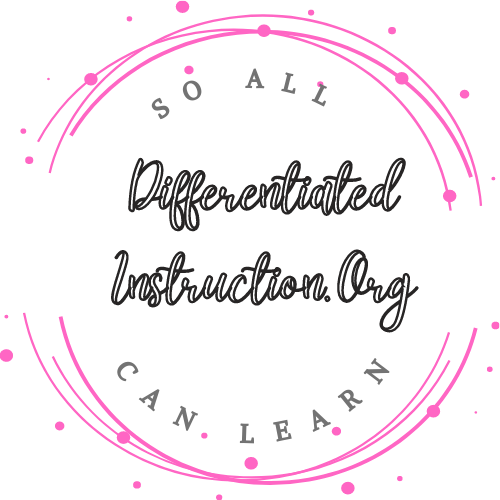
I’ve been thinking about how phonics and blending instruction centers on the teacher. And how phonics is hard sometimes.
This is partly a function of self-directed vs. teacher directed learning. In terms of work, teacher directed learning is harder for both student and teacher. At least much of the time.
Teacher directed learning has become less popular over the last 50 years. The general university view has become that students must be active participants in creating their learning experiences. Consider this claim from Stanford Teaching Commons, a reference for Stanford teaching assistants:
But assuming students can teach themselves phonics is unrealistic. Students do not come with letter sounds in their heads, and reading is not a natural activity, as is speech.
Phonics, by it’s Nature, is Teacher Directed
This self-directed learning is fine for university students, I suppose, and particularly in the liberal arts, where expansive thinking and creation of new ideas is a primary learning objective. But when you’re thinking about grade school students, the truth is, they are in need of new knowledge that they themselves cannot create. The loaded term “passive and uniform vessels” problematizes what everyone knows. Kids need to be taught things.
That said, this last week the teacher directed learning in my first grade group got to be a little bit too much. It was spring, it was Friday, and they didn’t want to do the drill. Literally or figuratively. They wouldn’t listen. Instead they crawled around on the floor and talked to each other instead.
What happens when the teacher directing breaks down?
Suddenly I found myself breaking into tears. They were just being impossible and there was absolutely nothing in that moment I could do. Except give up and let them color. And I didn’t want to do that. I needed to get their attention so we could finish the lesson.
The tears got their attention. The kids stopped playing. They looked. “Mrs. C is crying,” one said. “Oh no,” another one said. My most difficult student ran up and hugged me. “Will you be okay?” he said.
Yes students, I will be okay, and I’m sorry for this teacherly lapse. This weekend I turned the event over in my mind. Especially since I never want to have that happen again. I began thinking of how demanding my class for the first grade is for them. And me.
I took them on at Christmas. “We are going to have to work. We have to do this the hard way, because the easy way doesn’t work. At least not “for some kids.” I wrote about this in the post Why is it that so many American children can’t read?
I think about how hard it is to be a teacher these days. Two of my colleagues are retiring and I feel abandoned to the difficulties of trying to rewire the thinking of students whose first impulse is not to be “primary and unique agents of learning” but to talk to their friends and draw pictures. Although there’s nothing wrong with these activities, if I let them do them during the school day the students will not learn to read and will go into second grade unable to engage with the material.
Phonics is Teacher Directed, which Actually Leads Us Back to the Problem of Work in the Abstract
This is always a problem and sometimes a disaster. People don’t like to work. They would rather drink Coke and watch YouTube. (This weekend my granddaughter asked me if a honey badger could climb a tree. “I don’t know,” I responded. How irritating! Her father’s parents have been staying at her house and Grandpa likes to watch YouTube. For hours. What does a honey badger have to do with an American five year old? It is here in this moment that she needs to be a “primary and unique agent of her own learning” and go outside and observe the trees and the grass and not watch crap on video. But I digress)
In the end I came to think that my crying jag illustrated of the most difficult truth I had to face: I am the adult in the room, and I am the one who has to pick up the heavy lifting. The students, despite their crawling on the carpet, are ready to learn, even now in the spring. It is me who doesn’t “feel it” this week. But I can redirect myself, and as I do I will redirect the students. This is what all teachers must continually do, and I am thankful to have remembered it in time to start the new week with a new attitude: not to mention a raffle ticket incentive program to reward kids for paying attention.
On to the teaching.

Pingback: Kids' Need for Continuity and Routine - Differentiated Instruction